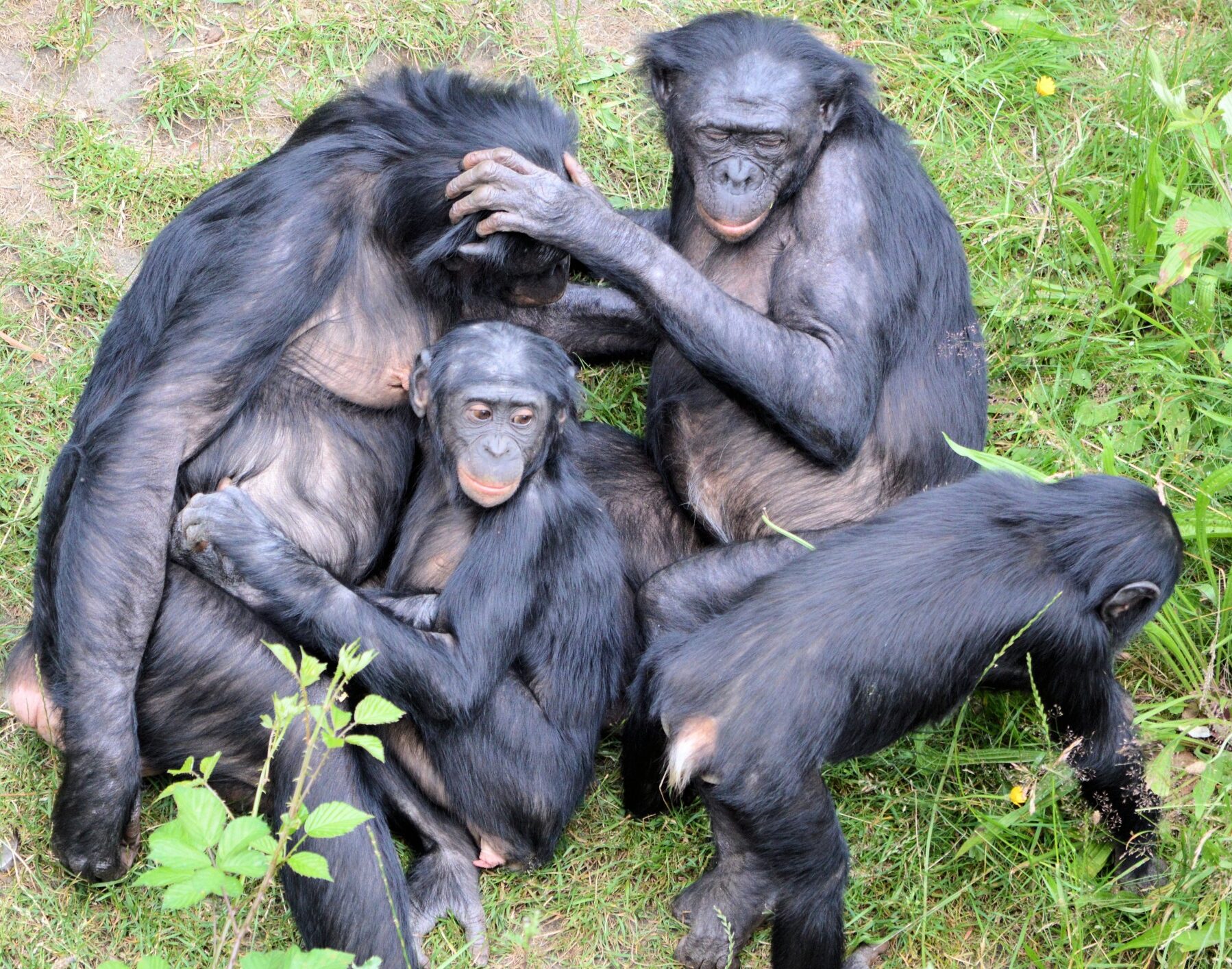Researchers have discovered that tigers once ruled a kingdom spanning 11.5 million square kilometers — larger than the entire United States. Using 70,000 historical records, fossil evidence, and advanced climate modeling, scientists mapped the big cats’ original indigenous range. They found tigers likely roamed a territory spanning 36 modern countries, from the frozen forests of Siberia to the jungles of Bali, and even parts of Turkey. That was before human activity erased 90–95% of their territory over the last 8,000 years.
Mapping the Tiger’s Forgotten World
To piece together this ancient range, scientists analyzed over 70,000 historical tiger sightings, fossil records, and climate data. Experts also got together and debated to what extent they believed tigers inhabited each region and broke them down into categories based on evidence. For example, Central Asian plains were labeled “exploratory” because tigers likely passed through but didn’t settle there permanently. The team also used climate models to predict where tigers could have thrived, focusing on factors like rainfall and temperature.

Source: Sanderson et al.,The Indigenous Range of the Tiger (Panthera tigris)
Human Impact: A 6,000-Year Story
Human activity began reshaping tiger habitats as early as 6,000 years ago in parts of China and India, the study found. In Central Asia, ancient water management and livestock farming might have even temporarily expanded tiger habitats. But by the 20th century, habitat loss, hunting, and dwindling prey caused dramatic declines. Tigers began to vanish from Afghanistan, Pakistan, and northern China by the 1950s, and more recently from Cambodia and Vietnam.

Source: Panthera tigris: The IUCN Red List of Threatened Species 2022, Goodrich et al.
Can Tigers Return to Their Old Haunts?
The study highlights hope: Tigers have already been successfully reintroduced to parts of Russia, India and China. Scientists argue that restoring tigers to their historic range is possible if habitats are protected and threats reduced. “Restoration must complement conservation,” the authors write, pointing to plans for reintroductions in Kazakhstan and Thailand.

Why This Map Matters
This research isn’t just about the past. It’s a toolkit for saving tigers today. By understanding where tigers thrived, conservationists can prioritize areas for protection or reintroduction.
Tigers have so far outlasted many empires, but what’s left of the empire they once reigned is now just a “splintered remnant,” researcher’s say. With science and global cooperation, their roar might yet echo across the tiger’s forgotten domain once more.
***
“The Indigenous Range of the Tiger (Panthera tigris).” Sanderson et al. Diversity and Distributions (2025).








